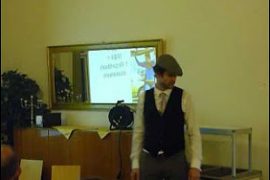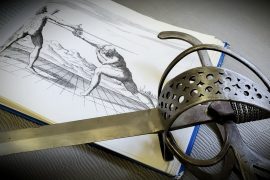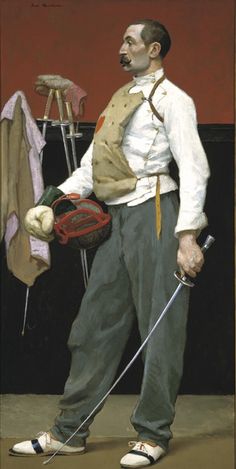What are the stages you go through to learn to do a technique well? Sport scientists have actually looked at that and have an answer. Regardless if you are a student or a teacher, it can be good to know what they are.

We’ve all seen and been the student who tries to untangle feet, arms and sword — clumsily trying to figure out how to do all the bits and pieces of a technique correctly. And looking at the experienced fencer who does it with such grace, to the amazement of envious beginners.
The thing is, getting good takes time. So, if you are there now, just stick with it. Some of these stages also naturally vary in how long they take, depending on how much you train, your natural talent, body type, your previous experience, fitness level, and how well the instructor is able to teach you.
To move faster along, always try to find that sweet spot where you are working to your ability and then add just a little bit of extra, for that progressive push. This is a balance act where we should neither press too hard nor too little, but strive for a level where we receive an appropriate challenge to move on to the next stage.
-
Preparation stage
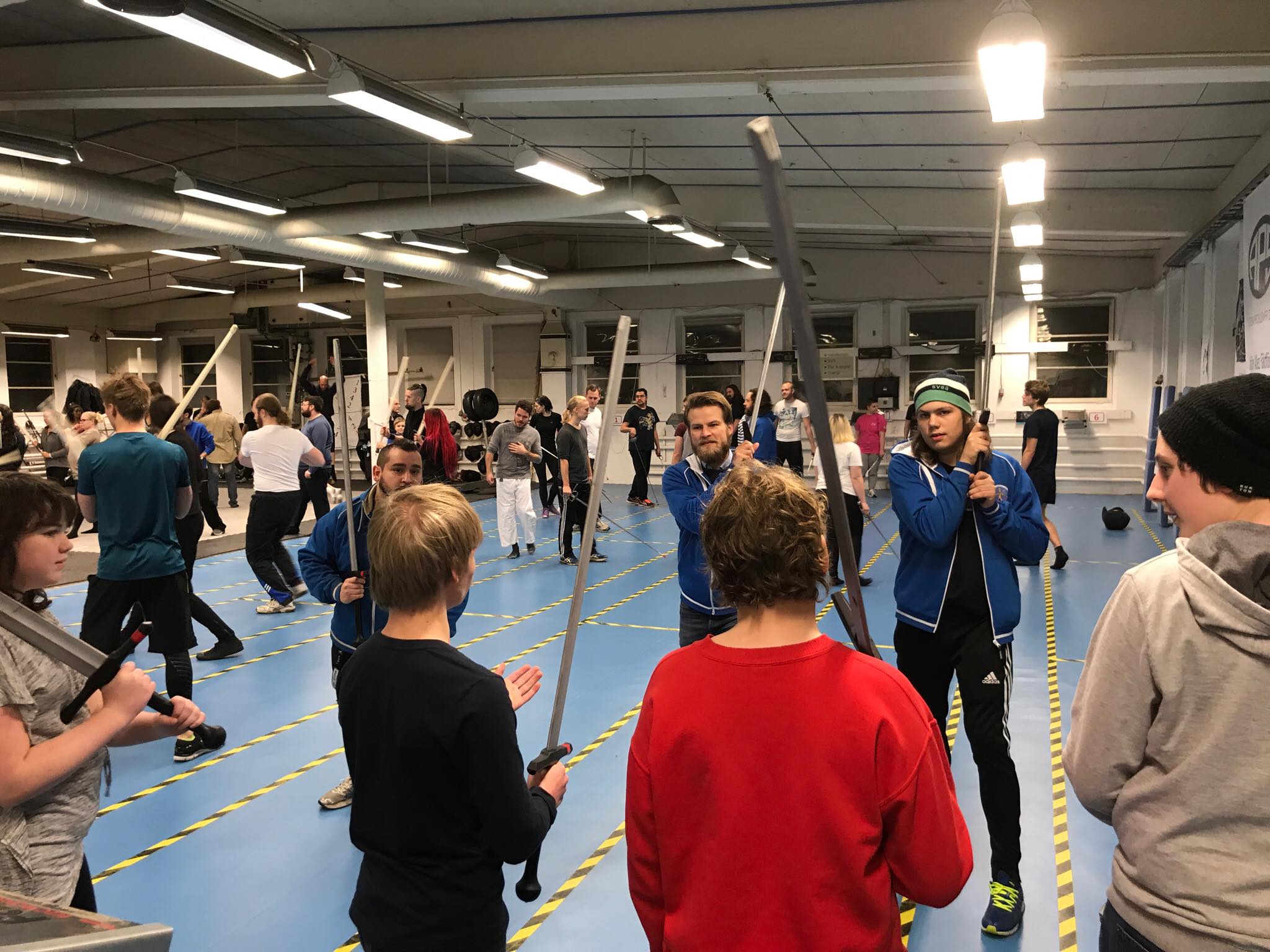
Beginner junior students getting an introduction to longsword.
This stage is where the students take their first stumbling steps. They get used to the sword and to move their body with it. It is good if this part is pleasurable. For the instructor, it’s important to make it fun and social!
-
Gross coordination stage
This is where the students discover the basic principles. Usually they have problems with moving their feet and their sword at the same time. It is an “aha!” stage. Exercises are not supposed to be complicated, but goal oriented. One thing that is important to remember is that it is very unsatisfying to only train a small part of a whole (for example only footwork). Therefore, make complete movement patterns instead of only separate parts, and that you train specifics only if necessary and move quickly to fuller exercises. Pay attention to this and adjust the training based on the need.
-
Fine coordination stage
This is the stage where the movements are adjusted in detail and adapted to the individual. Here it works well to separate parts of techniques and repeat them several times. Many people experience that fine coordination is frustrating to achieve, and that can be because fencing is generally not about an exact movement but about adaptability. When you adjust the movement based on your own conditions, it takes a while to get it right. It also takes a while to be able to apply the movement to different situations.
-
Automation stage
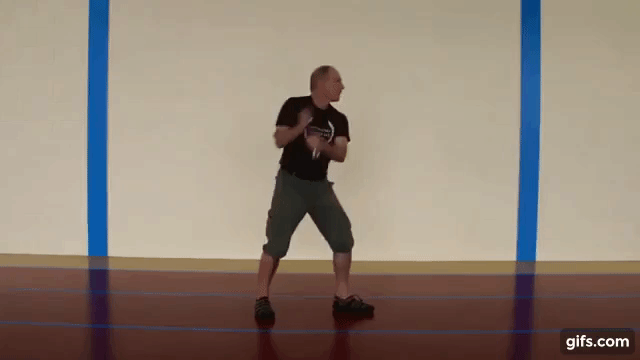
Matt Galas doing his 64 cuts drill
The automation stage is based on repetition. But repetition is not without variation. Automation means a movement that is well coordinated and uses the right muscle power, with the student not having to think about the details. At this level it is the objective that is in focus, not how it is executed. It is again important to train the whole movement in context and for instructors to also give the student feedback.
-
Generalisation stage
The generalisation stage means that you can apply your techniques in varied and even untested situations. On this level the focus is on adjusting the training based on personal inner conditions (for example mental aspects, such as the student’s self-image), and outer conditions (for example equipment). Individual coaching is important during this stage and the role of the instructor is therefore to encourage varied training based on new circumstances and set up new and challenging situations.



